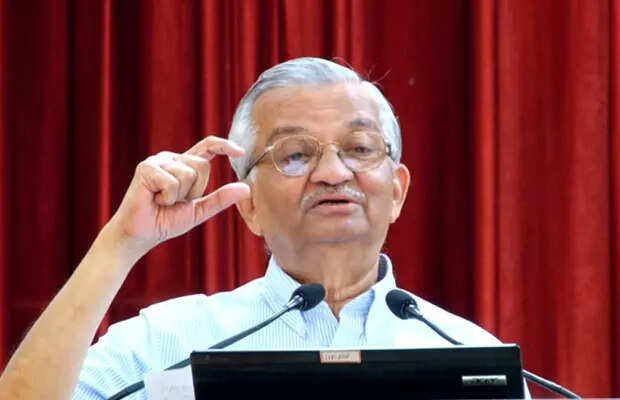
Lower cost of energy is key to the economy’s growth and India should focus on developing disruptive technologies to keep the cost competitive and meet the goal of decarbonisation by 2050, former Atomic Energy Commission (AEC) chairman Anil Kakodkar said on Wednesday.
Speaking at an online event organised as part of the Technology Information, Forecasting and Assessment Council’s (TIFAC) tech talk series, he stressed on the need for rapid deployment of pressurised heavy water reactors which are indigenous, very competitive, and deliver high performance, as well as strategies for deployment of light water reactors and for cogeneration of hydrogen.
“Clean energy supply would rise 120 to 140 times, and this increase has to come primarily through solar, wind, and nuclear. Share of electricity would go up primarily for e-mobility,” said Kakodkar, the former chairman of TIFAC, an institution under the Department of Science and Technology.
“Surplus biomass can be converted to hydrogen or hydrogen substitutes for use in industry and transportation. Carbon Capture and Utilisation (CCU) is inevitable for transition to low carbon economy,” he added.
He said thrust areas for further strategies for decarbonisation include hydrogen and electric mobility, conversion of surplus agricultural residue, solar, wind, and nuclear energy to hydrogen or hydrocarbons, non-fossil heating, and refrigeration and conversion of coal to fluid fuel to minimise energy import bill.
They also include CCU to minimise emission and enhancement of domestic petrochemicals production to meet demand and improve the balance of payment as well as energy security, he said.
“Critical technologies to enable circular economy around hydrocarbon fuels and life cycle management of energy systems include steam electrolysis, thermochemical splitting of water, solar thermal, energy storage technologies, production of hydro-carbon substitutes using hydrogen and bio-mass and CCU technologies,” Kakodkar said.